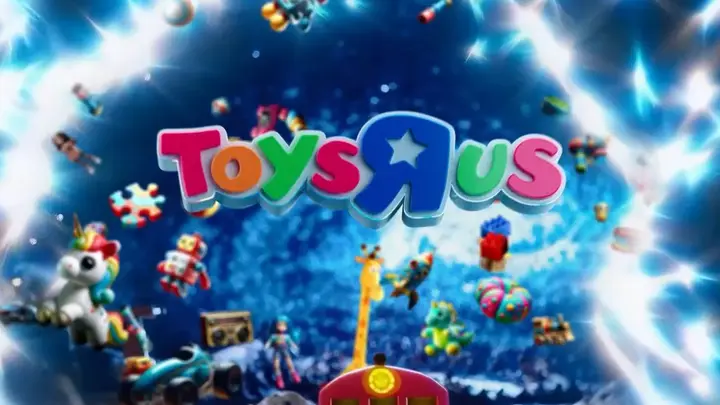Today, I saw an exciting example of how artificial intelligence is reshaping creative storytelling. Toys “R” Us recently launched a brand film that stands out not just for its content but for its innovative creation process. Using OpenAI’s Sora, an advanced AI tool that transforms text into videos, Toys “R” Us produced a 66-second promotional video. This video takes viewers through the company’s rich history, following founder Charles Lazarus in scenes set in the 1930s. This initiative is part of their broader rejuvenation strategy under WHP Global and showcases how AI can revolutionize content creation.
The potential of AI in transforming text into engaging video content is truly remarkable. This development marks a significant shift in the marketing and advertising industry. With AI handling the technical aspects of video creation, human creativity can focus on ensuring the narrative is compelling and accurate. The result is a powerful blend of historical authenticity and modern storytelling that captures the essence of the brand in a fresh, engaging way.
Reactions to this AI-generated film have been mixed. On social media, some viewers praised it as a futuristic leap in content creation, showcasing AI’s ability to produce high-quality videos efficiently. However, there were also concerns about the uncanny nature of AI-generated characters and the current limitations of the technology. This mix of excitement and apprehension highlights a broader discussion within the creative industry about AI’s role in storytelling.
One of the most important aspects of this development is how it underscores the need to balance AI efficiency with human creativity. AI can significantly reduce the time and costs associated with content production, allowing brands to generate more content faster. However, the true success of these campaigns lies in their ability to resonate with audiences, which often requires the subtle, nuanced touch that only human creators can provide.
The use of AI in the Toys “R” Us film is a snapshot of larger trends reshaping the creative industries. As AI continues to advance, its role in content creation is likely to expand, presenting new opportunities for innovation. This raises important questions about the future of creative jobs and the skills needed to thrive in this evolving landscape. For those of us in the creative industry, staying ahead of these trends is crucial. By embracing AI as a tool rather than a replacement, we can open new avenues for storytelling and content creation. Understanding AI’s capabilities and limitations allows us to leverage these tools to enhance our work, creating more impactful and engaging content.
What excites me most about this development is the way AI is changing our ability to develop creative and unique marketing campaigns. The speed at which we can bring new campaigns and ideas to market is now faster than ever before. This acceleration not only boosts productivity but also allows for greater experimentation and innovation in our creative processes. We can quickly test new ideas, refine our strategies, and iterate in ways that were previously unimaginable.
As we witness the transformative potential of AI in content creation, it’s essential for industry professionals to engage in discussions about these technologies’ implications. How can we best integrate AI into our workflows to enhance creativity? What steps can we take to ensure the human element remains at the forefront of storytelling? I encourage my peers and colleagues to share their thoughts and experiences with AI in their work. How do you see AI shaping the future of the creative industries? What challenges and opportunities do you foresee?
By embracing the potential of AI while acknowledging its limitations, we can pave the way for a future where technology and human creativity coexist harmoniously, driving innovation and progress in the creative industries.
